Creating a coastal garden is both an exciting challenge and an opportunity to craft a stunning, low-maintenance outdoor space. The combination of salty air, strong winds, and sandy soil can make plant selection tricky, but choosing the right trees can turn these conditions into an advantage. Some trees are naturally equipped to withstand the harsh coastal environment while bringing beauty, shade, and a sense of tranquillity to your garden.
In this post, we’ll explore five fantastic tree options for coastal gardens: Banksia integrifolia, Olea europaea (Olive Tree), Moonah Tree (Coastal Tea Tree), Crepe Myrtle Natchez, and Bay Trees for hedging. These trees are not only resilient in coastal conditions but also add character and charm to your landscape.
Why Coastal Gardens Need the Right Tree Selection
Coastal gardens often face the challenge of harsh environmental conditions, including salty winds, dry sandy soils, and unpredictable weather. Choosing the right tree species can make all the difference in creating a thriving garden. Some trees are naturally suited for these challenging conditions, thriving in salt-laden air, poor soils, and wind-battered environments.
By selecting the right trees, you can enjoy a lush, vibrant garden that brings functionality—like shade, privacy, and wind protection—while still maintaining an aesthetically pleasing design.
1. Banksia integrifolia (Coastal Banksia)
The Banksia integrifolia, or Coastal Banksia, is a standout choice for coastal gardens. Native to Australia’s east coast, this hardy evergreen tree is well-equipped to thrive in salty, windy environments with poor soil conditions.
-
Why It’s Perfect for Coastal Gardens:
-
Salt and Wind Tolerant: Naturally adapted to withstand coastal conditions, including strong winds and salt-laden air.
-
Beautiful Foliage and Flowers: Long, narrow green leaves with silver undersides and vibrant yellow flowers that attract birds and wildlife.
-
Low Maintenance: Once established, it’s incredibly low-maintenance.
-
-
Key Facts:
-
Mature Height: 10-25 meters
-
Mature Width: 5-10 meters
-
Growth Rate: Moderate to fast
-
Tolerates: Wind, salt spray, drought, sandy soils
-
Best Uses: Feature tree, screening, windbreak
-
Shop Banksia integrifolia: Banksia integrifolia
2. Olea europaea (Olive Tree)
The Olea europaea (Olive Tree) is a timeless choice that can thrive in coastal gardens. Known for its iconic silver-green foliage and gnarled bark, the olive tree adds an ancient, Mediterranean feel to your outdoor space.
-
Why It’s Perfect for Coastal Gardens:
-
Drought Tolerant: Highly drought-resistant once established.
-
Salt Tolerant: Handles salty air with ease.
-
Compact and Stylish: Slow to moderate growth rate, perfect for smaller gardens.
-
-
Key Facts:
-
Mature Height: 4-8 meters
-
Mature Width: 4-6 meters
-
Growth Rate: Slow to moderate
-
Tolerates: Drought, wind, salt spray, poor soils
-
Best Uses: Feature tree, ornamental, hedging
-
Shop Olive Tree: Olea europaea
3. Moonah Tree (Coastal Tea Tree)
The Moonah Tree (Coastal Tea Tree) is another excellent choice for coastal gardens. Native to coastal regions of Australia, this evergreen shrub or small tree is highly adapted to wind, salt, and sandy soil conditions.
-
Why It’s Perfect for Coastal Gardens:
-
Wind and Salt Resistant: Thrives in the toughest coastal conditions.
-
Compact and Hardy: Dense foliage offers excellent screening and privacy.
-
Low Maintenance: Requires minimal attention once established.
-
-
Key Facts:
-
Mature Height: 5-8 meters
-
Mature Width: 4-5 meters
-
Growth Rate: Moderate
-
Tolerates: Wind, salt spray, drought, sandy soils
-
Best Uses: Screening, hedging, coastal feature tree
-
Shop Moonah Tree: Moonah Tree
4. Crepe Myrtle 'Natchez'
If you're looking for a tree that adds vibrant color and charm to your coastal garden, the Crepe Myrtle is an excellent choice. Known for its stunning summer flowers, this tree can be grown successfully in coastal areas with some consideration.
-
Why It’s Perfect for Coastal Gardens:
-
Tolerates Coastal Conditions: Thrives with good drainage and some wind protection.
-
Long-Lasting Blooms: Beautiful blooms in shades of pink, red, white, or purple.
-
Compact and Versatile: Available in various sizes for small or large gardens.
-
-
Key Facts:
-
Mature Height: 3-8 meters
-
Mature Width: 3-6 meters
-
Growth Rate: Fast
-
Tolerates: Drought, heat, coastal conditions (with some protection)
-
Best Uses: Feature tree, ornamental, privacy screening
-
Shop Crepe Myrtle: Crepe Myrtle
5. Bay Trees (Laurus nobilis)
Bay Trees (Laurus nobilis) are a great choice for creating a low-maintenance, aromatic hedge in coastal gardens. These evergreen trees, with their dark green, aromatic leaves, can handle the coastal environment and provide a beautiful, functional addition to your outdoor space.
-
Why They’re Perfect for Coastal Gardens:
-
Tough and Hardy: Resistant to coastal winds and salt spray.
-
Aromatic Foliage: Glossy, aromatic leaves for sensory appeal and culinary use.
-
Privacy and Screening: Creates a dense, evergreen barrier for privacy and wind protection.
-
-
Key Facts:
-
Mature Height: 3-5 meters (as a hedge, can be trimmed to maintain shape)
-
Mature Width: 1.5-2 meters
-
Growth Rate: Moderate
-
Tolerates: Wind, salt spray, drought, and poor soils
-
Best Uses: Hedging, screening, ornamental
-
Shop Bay Trees: Bay Trees
Key Considerations for Coastal Tree Selection
When choosing trees for your coastal garden, keep these factors in mind to ensure success:
-
Wind Tolerance: Opt for trees resistant to wind damage.
-
Salt Tolerance: Ensure the tree can handle salt-laden air and soil.
-
Soil Quality: Coastal soils are typically sandy and poor in nutrients, so choose trees that thrive in these conditions.
-
Water Requirements: Match the tree’s water needs to your garden’s drainage.
Conclusion
Selecting the right trees for your coastal garden is key to creating a thriving, low-maintenance landscape. Whether you opt for the hardy Banksia integrifolia, the timeless Olive Tree, the resilient Moonah Tree, the colorful Crepe Myrtle, or the versatile Bay Trees for hedging, each of these species brings something special to your coastal garden. Their ability to withstand wind, salt, and poor soils makes them the perfect choice for coastal conditions, ensuring your garden will flourish for years to come.
FAQs
Q: How can I protect young trees from strong coastal winds?
A: Use temporary windbreaks or plant in sheltered areas until the trees establish deep roots.
Q: How often should I water newly planted coastal trees?
A: Water regularly during the first few months, especially in dry periods. Once established, many coastal trees are drought-tolerant.
Q: Do I need to improve the soil before planting?
A: Adding compost or organic matter can help boost nutrients and improve soil structure in sandy coastal soils.



















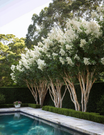





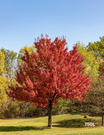


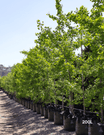




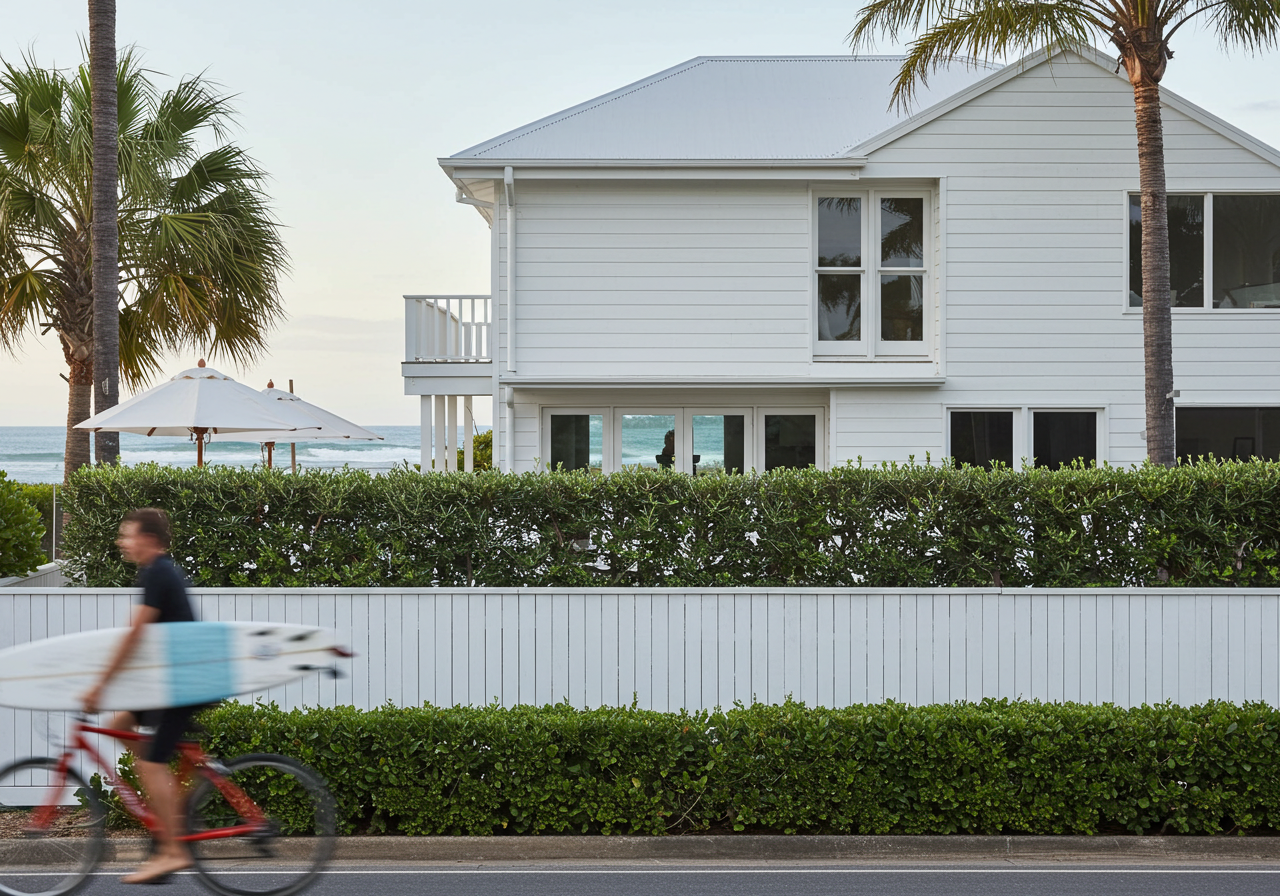





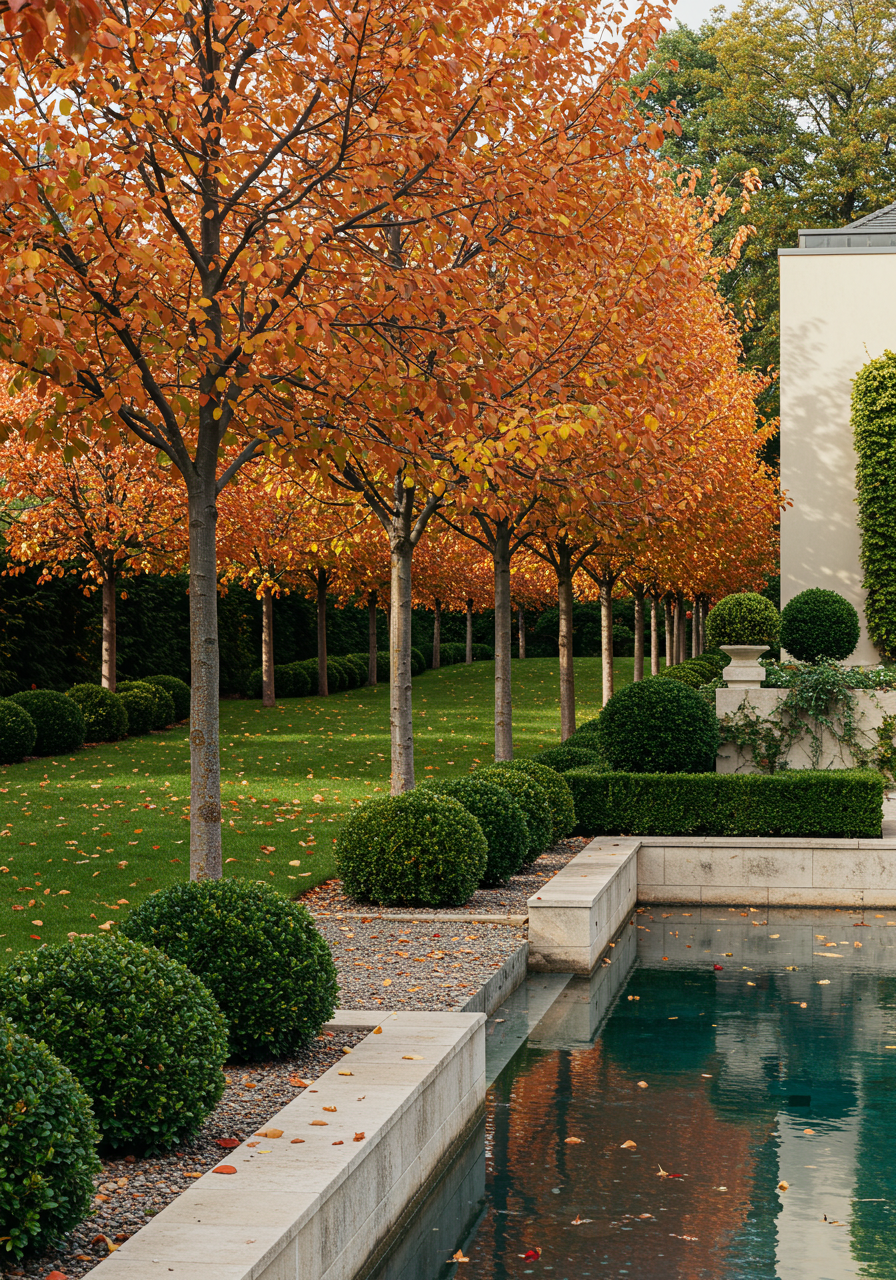








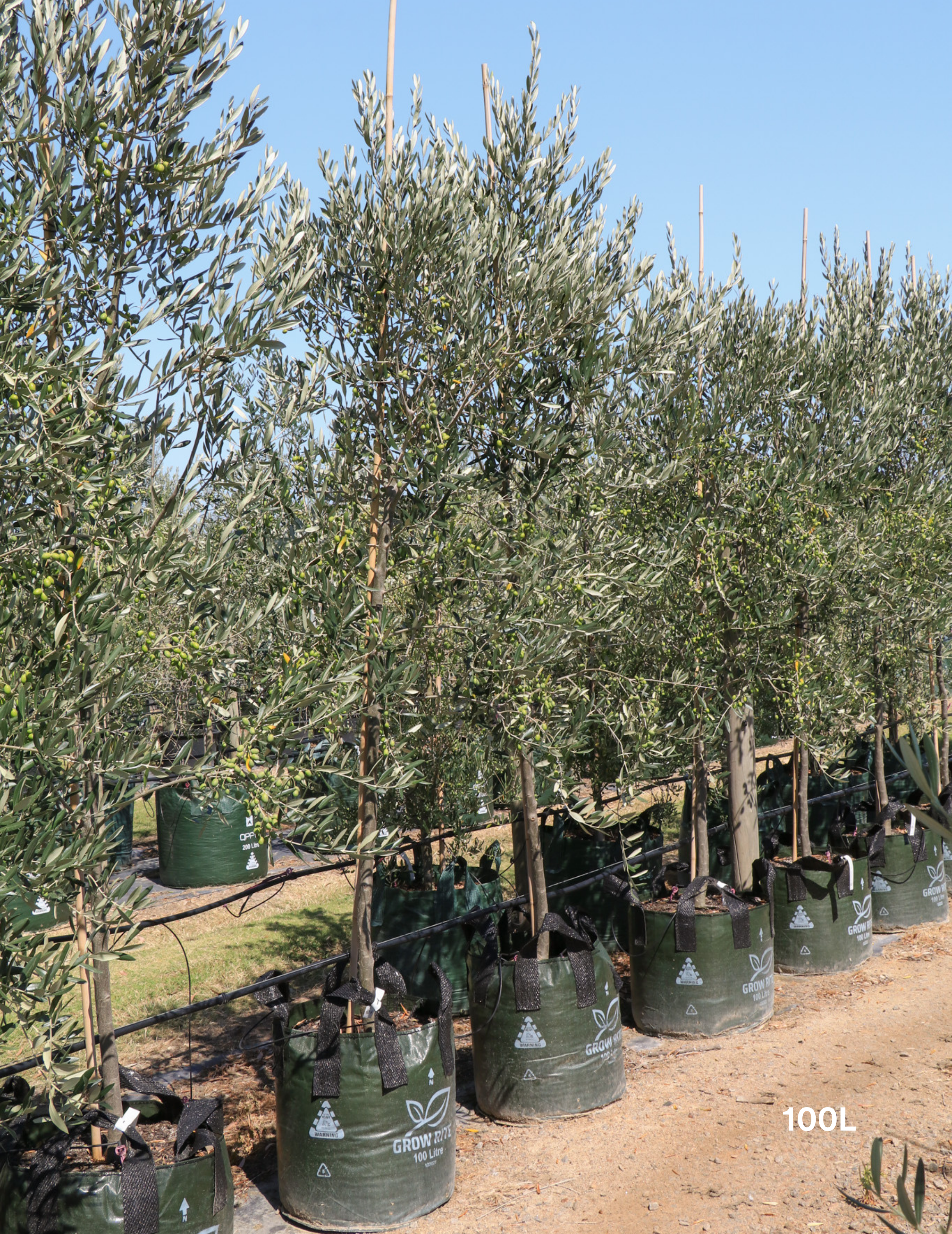

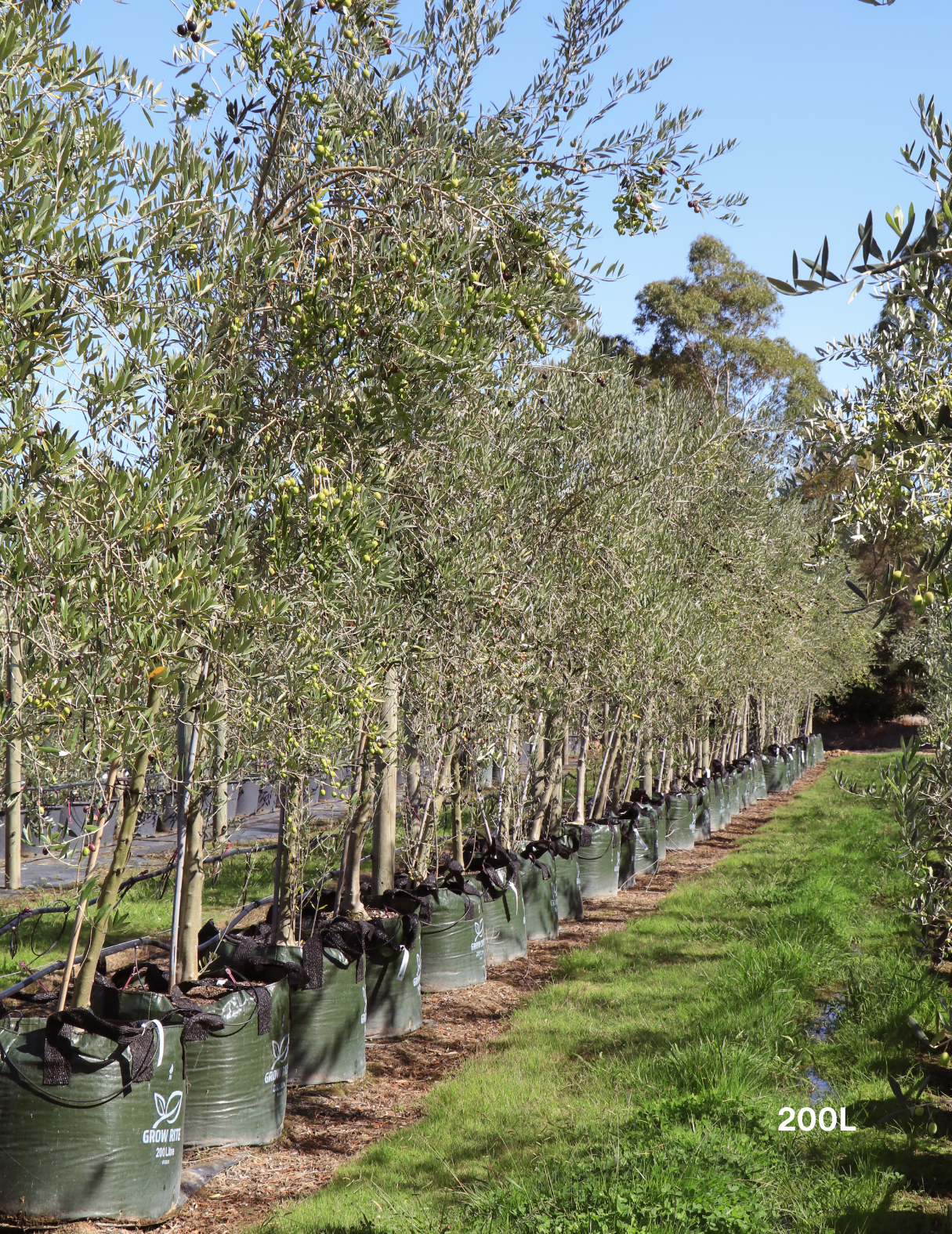
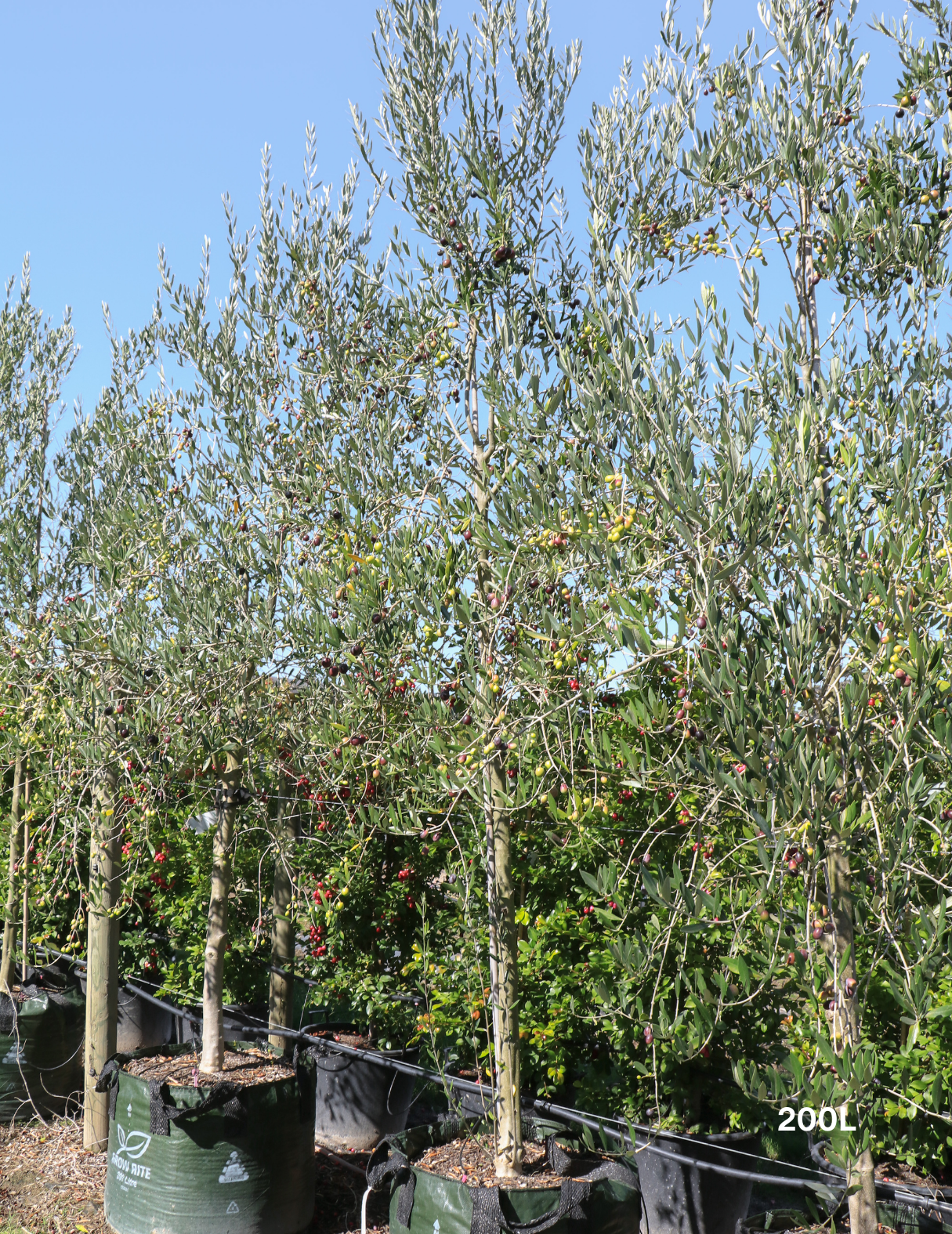
Leave a comment
This site is protected by hCaptcha and the hCaptcha Privacy Policy and Terms of Service apply.